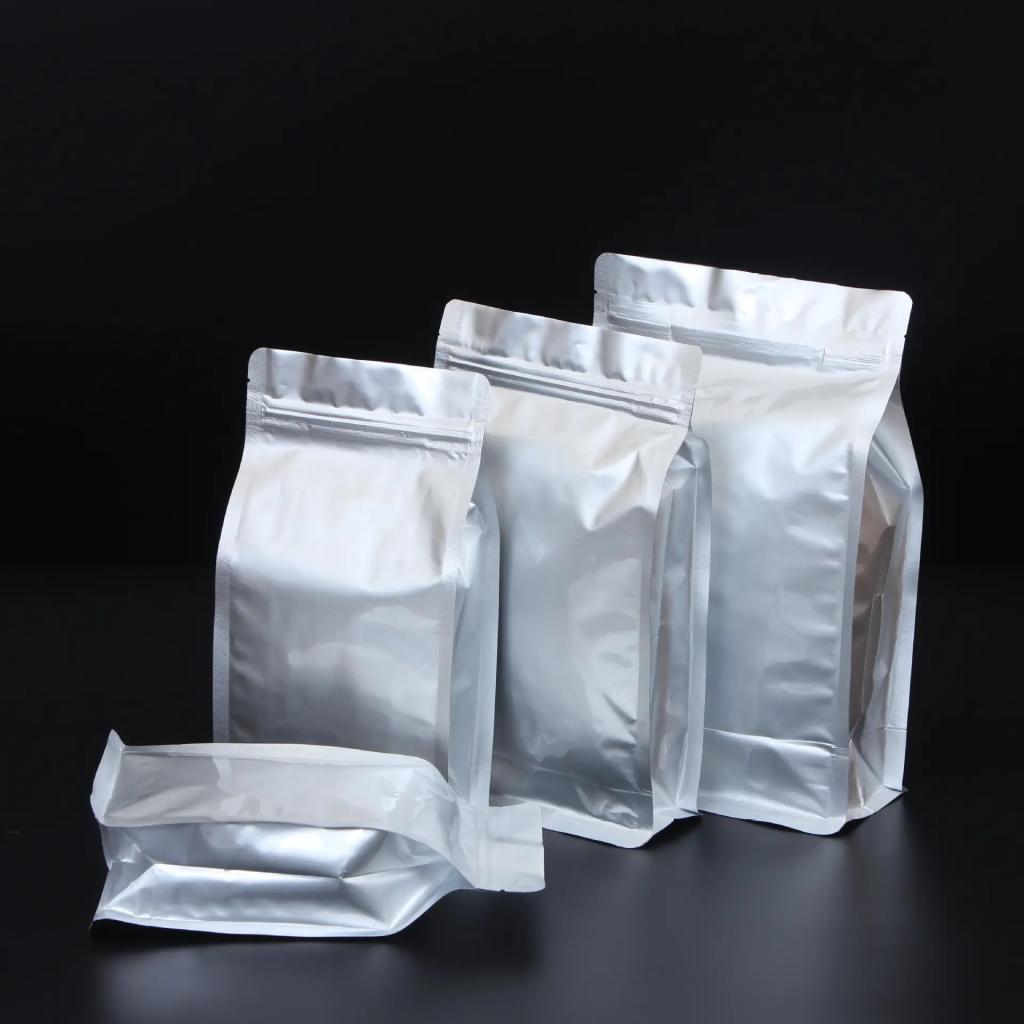Factory Supply Phosphatidylserine
Time:2024-06-06
Packaging and storage of phosphatidylserine are crucial for ensuring its quality and stability.
Phosphatidylserine comes in various packaging specifications, commonly including 1kg aluminum foil bags and 25kg fiber drums. This type of packaging is convenient for transportation, storage, and usage. The interior of the packaging may use double-layer plastic bags to ensure product sealing and moisture resistance. The packaging should clearly indicate key information such as the product name, purity, CAS number, manufacturer, production date, shelf life, and should also include explicit storage and usage instructions to ensure proper handling and use of the product by the user.
Phosphatidylserine should be stored in a low-temperature environment, typically at -20 degrees Celsius (-4 degrees Fahrenheit) or lower. Low temperatures help slow down molecular motion, reducing the rate of oxidation and degradation, thereby extending the product's shelf life. It is recommended to store it in a sealed container to prevent air, moisture, or other contaminants from entering. A sealed container helps maintain the freshness and quality of the product. Direct sunlight or strong light exposure should be avoided, as ultraviolet rays and light may adversely affect its stability. Therefore, the storage area should maintain low light intensity.
The storage area for phosphatidylserine should remain dry to prevent the product from absorbing moisture, caking, or becoming damp. Humid conditions may lead to a decline in product quality. Avoid contact with harmful chemicals, oxidizing agents, or contaminants to prevent product contamination or oxidation.
Temperature monitoring equipment, such as thermometers or temperature recorders, can be used to regularly check the temperature of the storage area to ensure it remains within the appropriate range. For long-term storage or high-value products, consider using inert gases (such as nitrogen or argon) to fill the storage container to reduce the oxidative impact of oxygen on the product.
The shelf life of phosphatidylserine is typically 24 months, but the specific storage period may vary depending on factors such as product purity, packaging, and storage conditions.
Proper packaging and storage conditions are key to ensuring the quality and stability of phosphatidylserine. Users should strictly follow product instructions and storage requirements to ensure that phosphatidylserine maintains its optimal performance and efficacy before use.


 CN
CN





